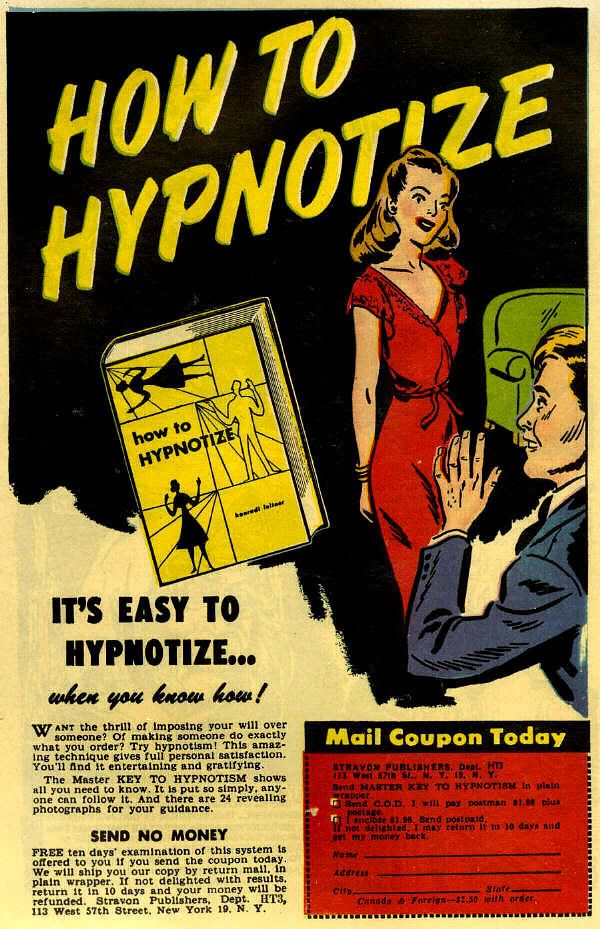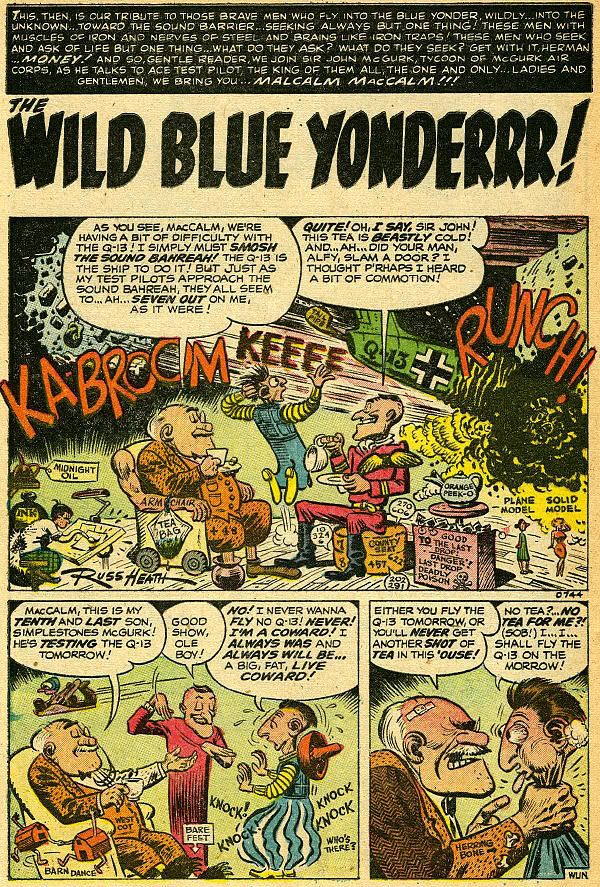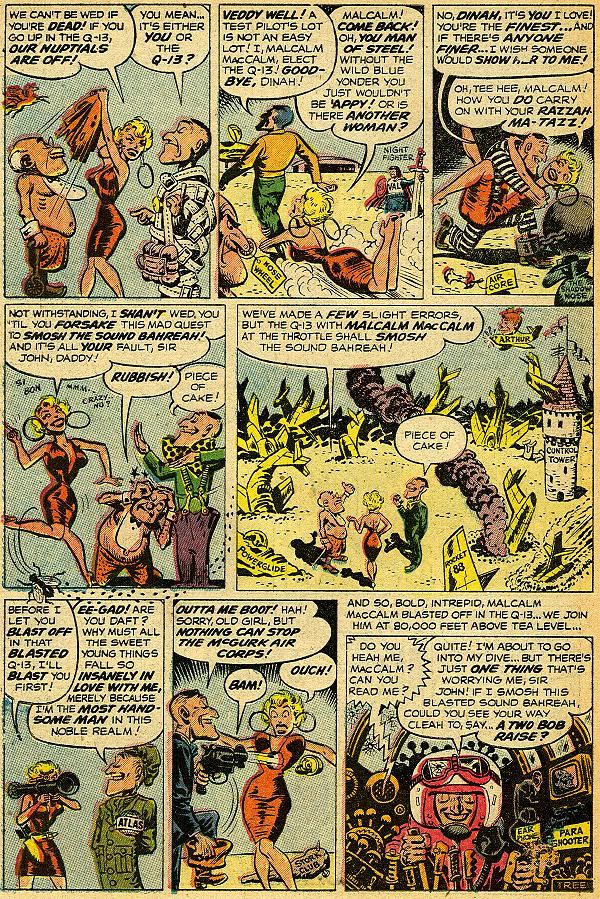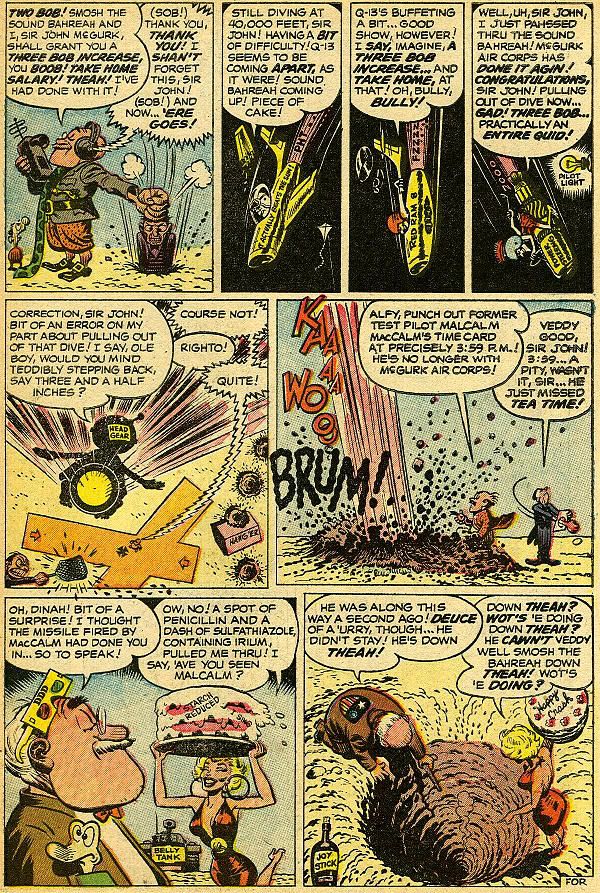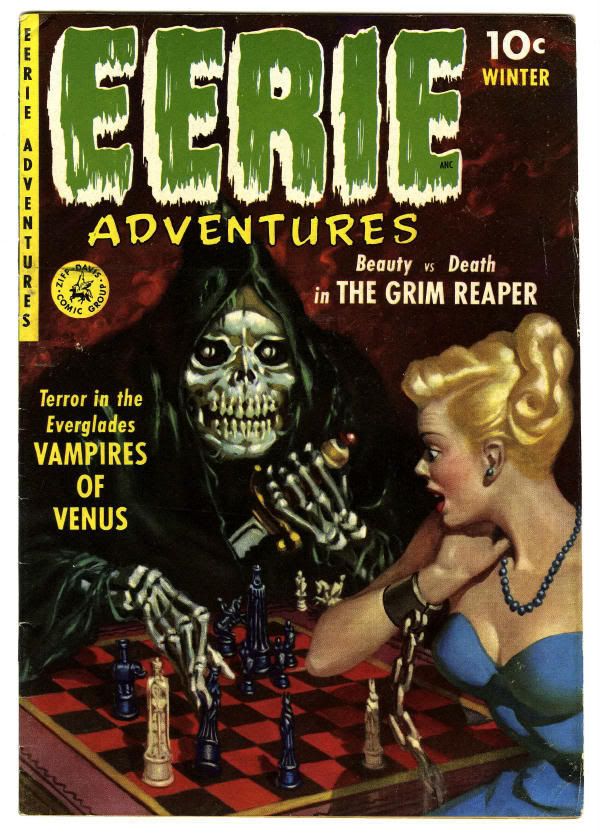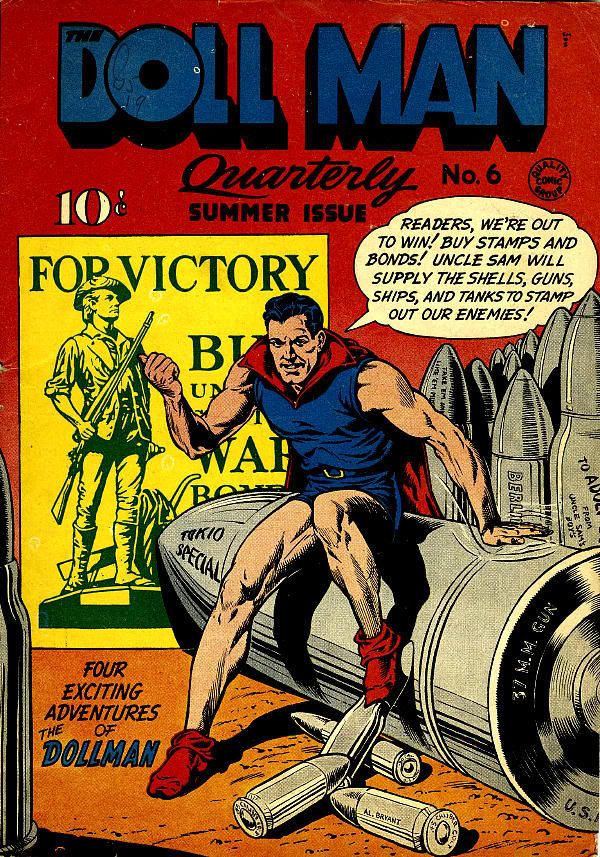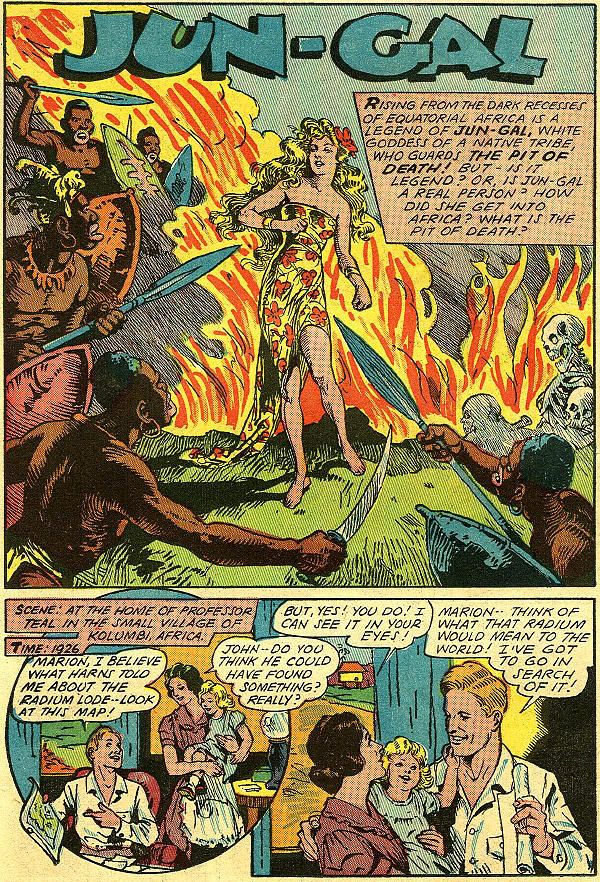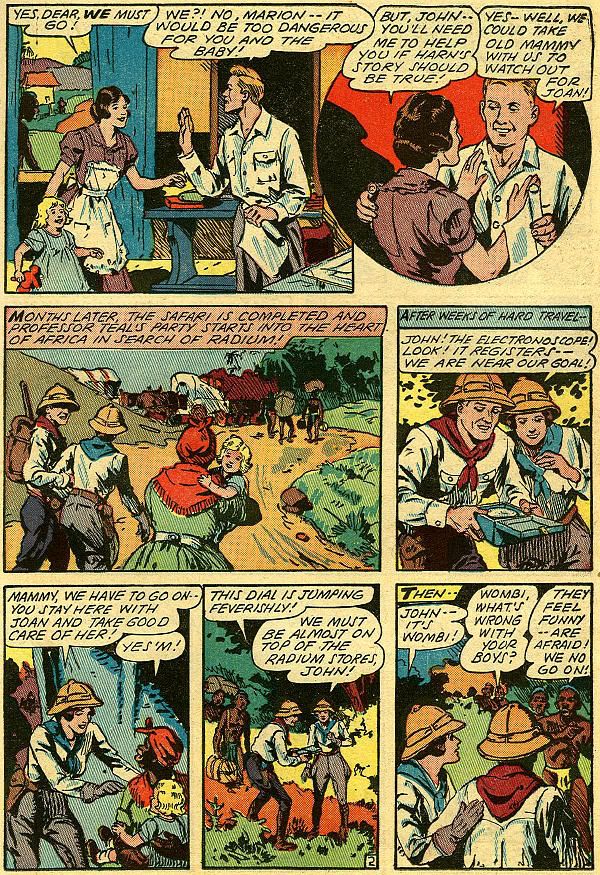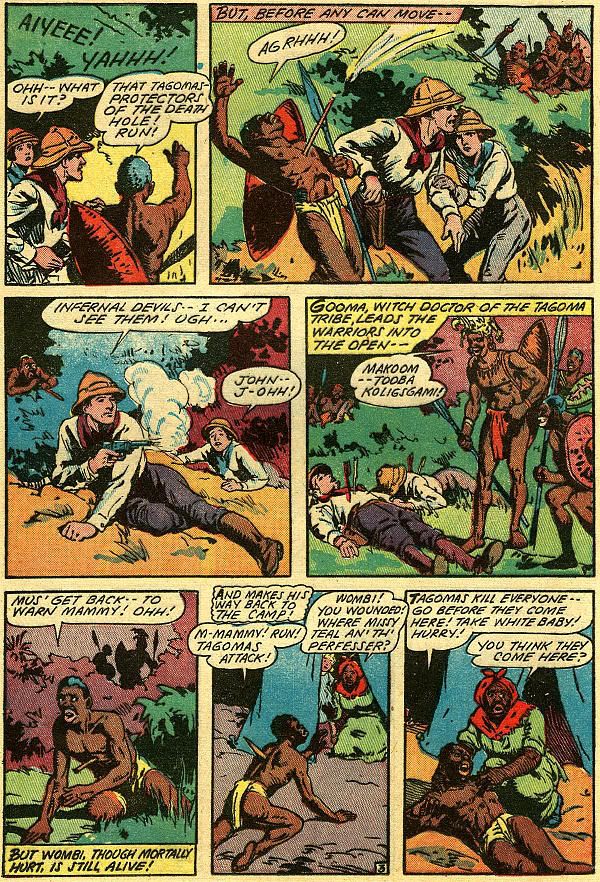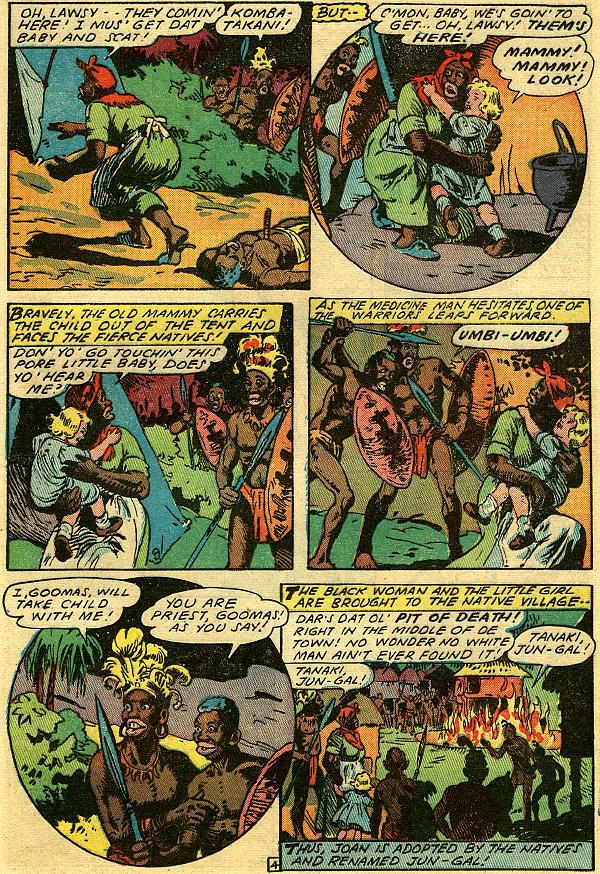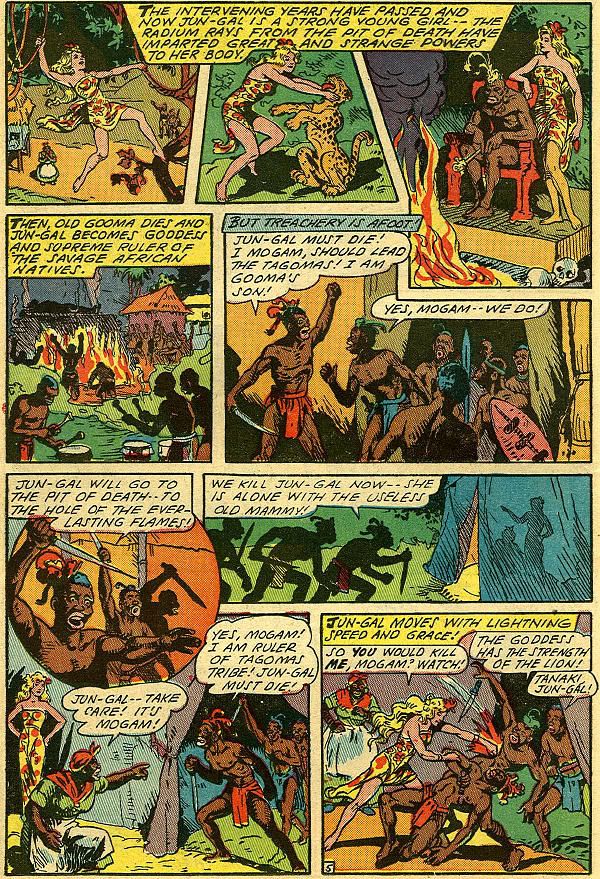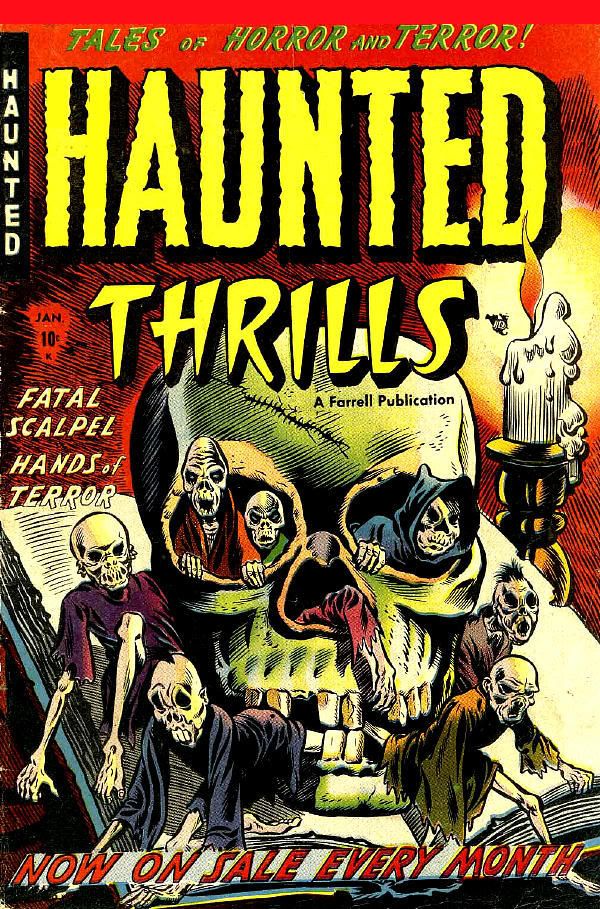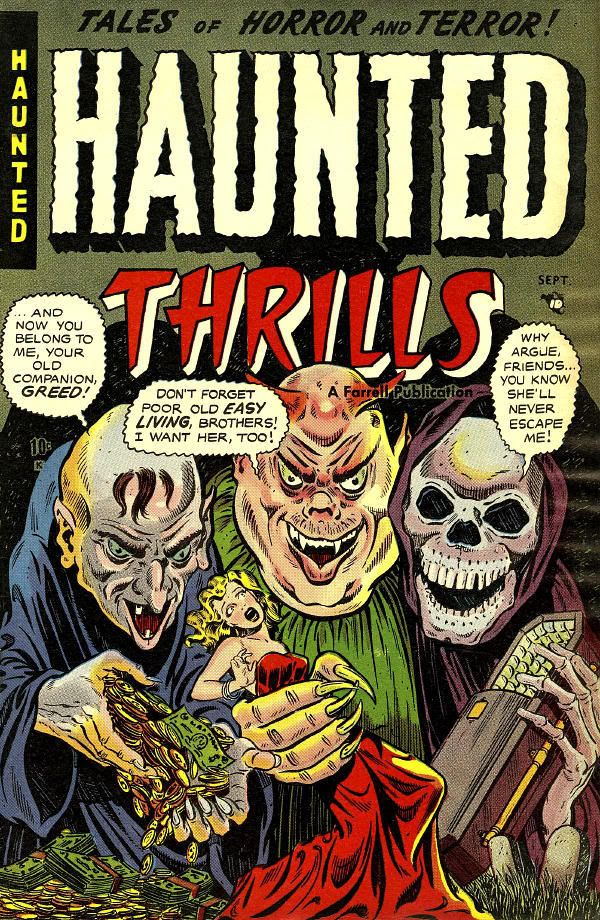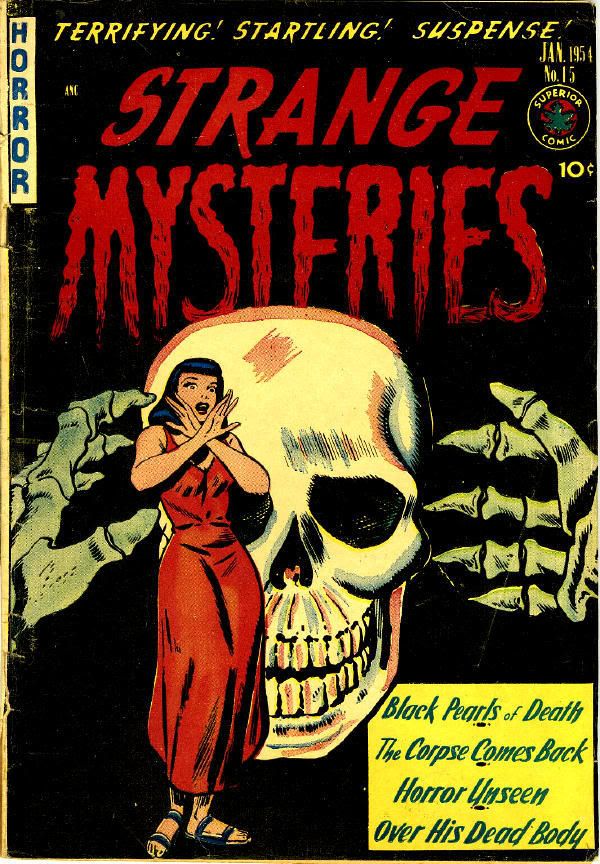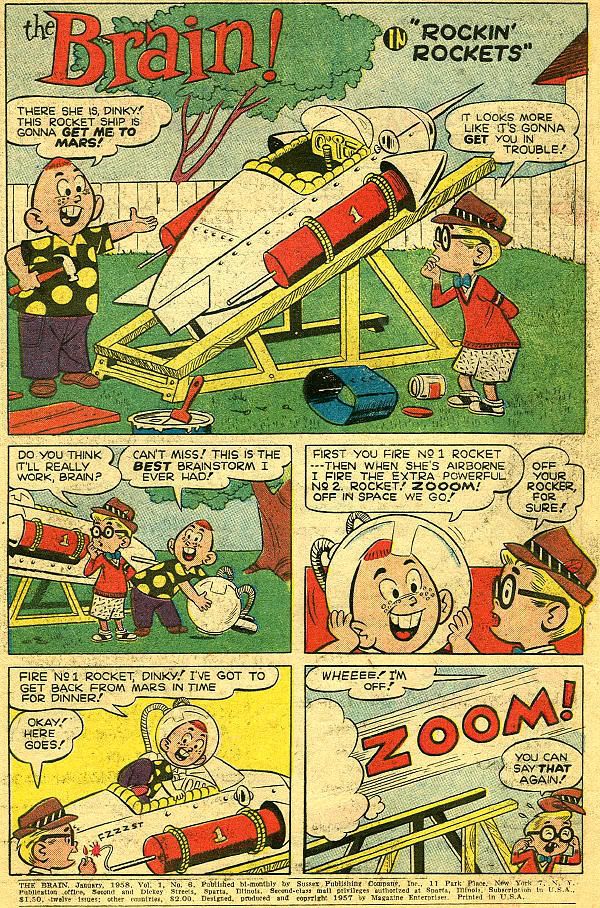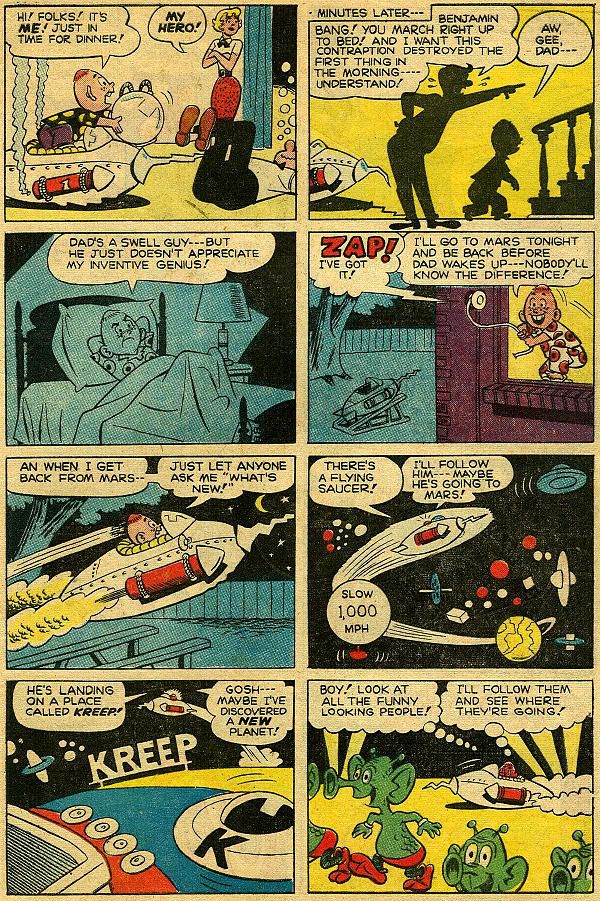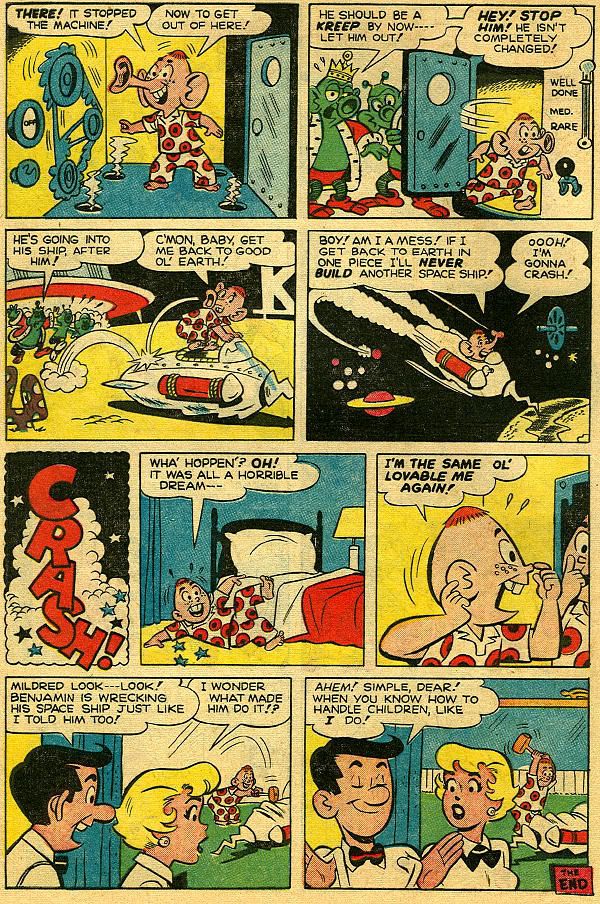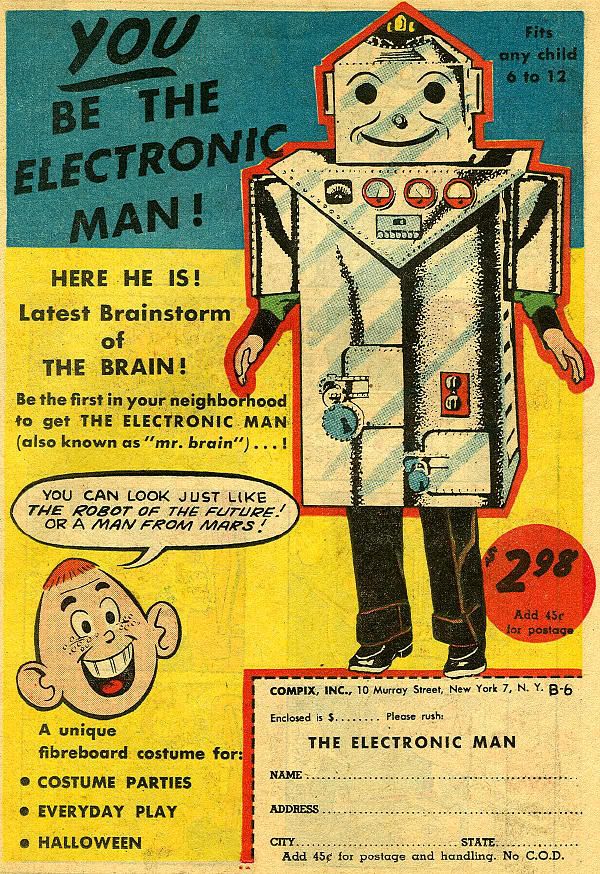Number 180
You Are In My Power!This ad for the Hypno-Coin, taken from the Internet, brought back a flood of memories. As a kid I was interested in things like hypnosis and ventriloquism. OK. So I was a weird kid. So what else is new?

I read Mandrake the Magician in the funny papers. He could make his enemies think they were floating off the ground or being threatened by a lion by "gesturing hypnotically." It wasn't magic, he was just able to hypnotize the bad guys by wiggling his fingers. In popular culture like movies or pulp magazines there was some sort of a Bela Lugosi-type, a girl in a chair, his piercing eyes up close, his hands gesturing, "You are in my power…you will sleep, sleep…"
When I saw the original ad for the Hypno-Coin I thought it looked great. I'm not sure exactly what I had in mind for it. Maybe hypnotize my teachers into giving me A's, my parents into giving me money, girls into being my girlfriends, or my brother into being my personal slave. The picture of the girl in the ad, obviously under the power of the hypnotist, was enough for me. I sent away the money and within a couple of weeks I had it.
I decided to test it on my brother, Bob, who was about 9 or 10 at the time. The Hypno-Coin itself was just one of those little 3-D blinkies. I remember seeing 3-D pictures of Jesus on the cross. Jesus' head would hang down and his eyes close. They've even used the process for postcards. I told my brother I was conducting an experiment.
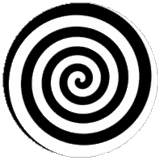
I held it up in front of him and said things like, "Watch the coin. Concentrate on the coin. You are getting sleepy…you are getting sleepy." Wow! His head went down and his eyes closed! Hot dog. I said, "Go pick up that book." I gestured (hypnotically, no doubt) to a Hardy Boys novel on the end of the bed. I said, "It weighs 10 pounds." He picked it up with a grunt. Oh, glory. He was
under. I said, "Now it's getting heavier, heavier…heavier…" he started to strain as the book grew heavy in his hands. "You can't hold it anymore! It's too heavy!" The book plopped to the floor. My heart was pounding. Success! I saw myself as a magician, able to snap my fingers and have others do my bidding. I was instantly giddy with the possibilities. That is, until he opened his eyes and laughed at me.
I threw the Hypno-Coin into a drawer and forgot it, disgusted with myself for spending good money for crap like that. Like countless others before me who had bought items from comic book ads, Sea Monkeys, 199 plastic soldiers, a Buck Rogers ray pistol to vaporize your enemies (for $2.98!), I was disappointed and felt
had. Caveat emptor was never truer to me than that day.
Years later my wife and I were talking to her younger brother, Dave, who told us a story. I'd mentioned to him that I thought hypnotism acts on stage were faked; that audience members were shills who were doing their bits for the act. Dave said that as a soldier at Fort Dix, New Jersey, he and his buddies went to one of those shows. The way the hypnotist set it up was by telling the audience to concentrate on something, and then he began his spiel. He told them to lock their fingers together and pull. They wouldn't be able to pull their hands apart. The people who pulled their fingers apart were not hypnotized, but Dave said he couldn't get his hands apart no matter how hard he tried. He was hypnotized.
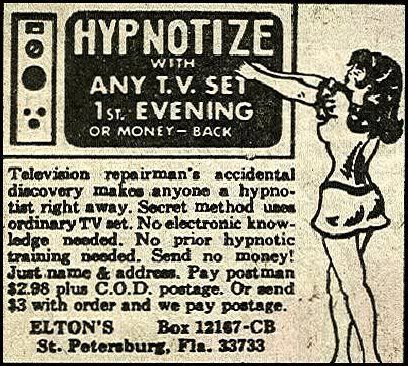
So hypnosis was real! Not just in a clinical sense, not just in a self-hypnosis sense, but you could have power over others if they were suggestible enough! Great. But by then the Hypno-Coin was long gone. I guess my dreams of world conquest, one hypnotized subject at a time, wouldn't come to pass.
